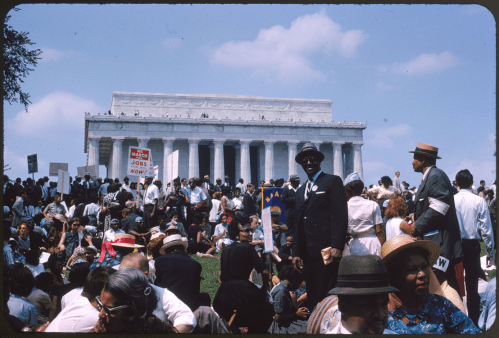In-state tuition remains a major component of state immigration legislation. Last week, a New Jersey State Assembly committee approved the Senate’s tuition equity bill, maintaining the provision that would make undocumented students eligible for state financial aid. The bill now heads to the Assembly floor for a vote.
The Massachusetts state legislature is currently debating in-state tuition rates for undocumented students, and more details are emerging in DACA recipients’ fight for tuition equity in Georgia. In-state tuition for DACA recipients will also be considered in Virginia in the next legislative session.
In a change from the many restrictive laws of 2012, state immigration policies through the last year have shifted toward immigrant integration. As the authors of a recent Los Angeles Times op-ed argue, “The pendulum is swinging. States and communities that are hostile to immigrants will not thrive; those that welcome them will, and that will shift the political equilibrium toward support for policies that integrate, attract and retain immigrants no matter their legal status.”
But while issues like tuition equity impacts states at large, where do cities and metropolitan areas fit into the picture? According to Los Angeles Mayor Eric Garcetti, it is the responsibility of mayors to continue the push for federal reform. Chicago Mayor Rahm Emanuel seems on board; he joined the growing group of politicians completing 24-hour fasts to draw attention to the need for policy change.
Federal elected officials recognize the local impacts of immigration, too. In a recent address to the Detroit Economic Club, Senator Rand Paul noted the importance of immigrants in uplifting beleaguered cities.
A few weeks ago, this blog mentioned the role a school in rural Missouri played in integrating their immigrant students and families. That story was part of Harvest Public Media’s larger series about immigrants in rural meat processing towns, now complete with additional stories worth a listen. Hopefully, they’ll tide you over until this series returns next year.


Commentary
This Week in Immigration Reform: In-State Tuition and the Metropolitan Reform Role
December 16, 2013